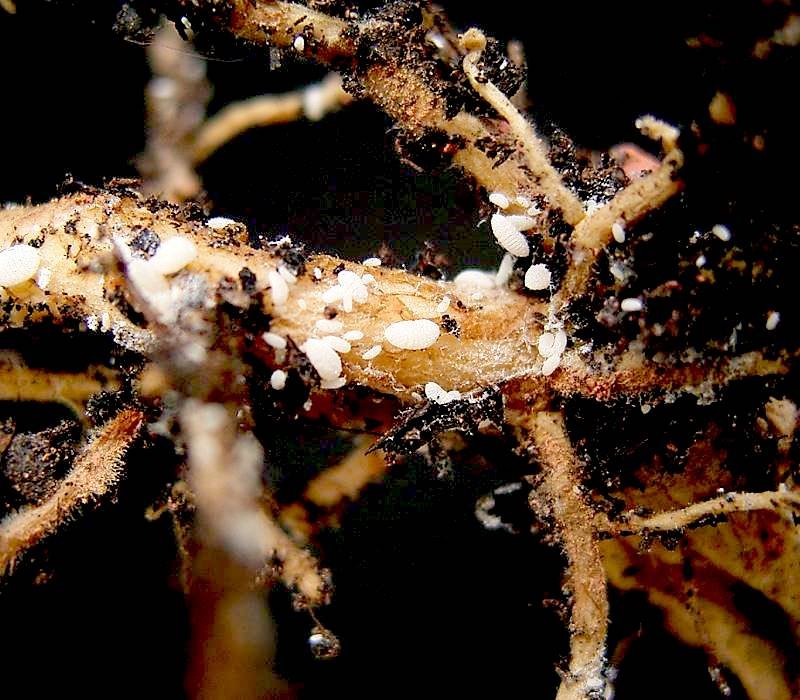
APHIS Deregulates First Pale Cyst Nematode-Infested Field in Program History
On Jul. 2, 2025, the U.S. Department of Agriculture’s Animal and Plant Health Inspection Service (APHIS), in partnership with the Idaho State Department of Agriculture (ISDA) and the Idaho potato industry, deregulated a 119.71-acre pale cyst nematode (PCN)-infested field in Bingham County, Idaho: the first in the PCN program’s history.
APHIS, ISDA, and the potato industry have successfully contained PCN to an 8.5-mile radius area in southeast Idaho, preventing its spread to other potato-producing areas in the United States. Idaho is consistently ranked as the top potato-producing state.
The pale cyst nematode (Globodera pallida) is an invasive, soil-dwelling roundworm that feeds on the roots of high-value crops such as potatoes, tomatoes, and eggplants. The PCN survey and regulatory program protects all soil-bearing crops grown in regulated areas, including greenhouse horticultural products and nursery stock, and supports domestic and foreign trade.
PCN was first discovered in the United States in Idaho in 2006 and has been under official control since then. This pest can remain dormant and viable in soil for 30 years.
If PCN populations are left unchecked, they can reduce crop yields by 20 to 70 percent; however, in the United States we have not experienced population levels high enough to cause crop loss.
Tags:
Source: U.S. Department of Agriculture
Credit: Image: Pale Cyst Nematode. Courtesy: Wikipedia.
